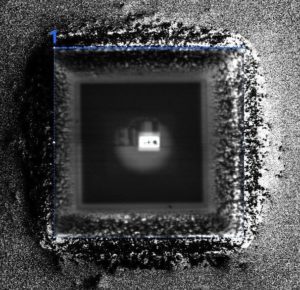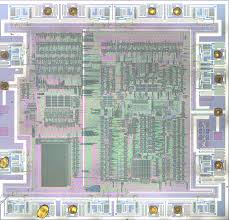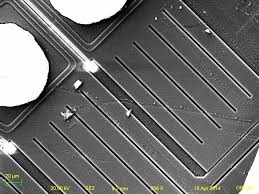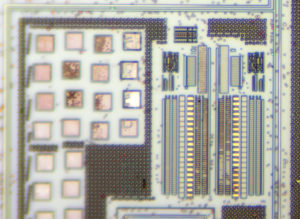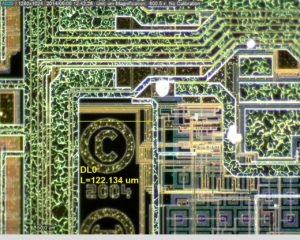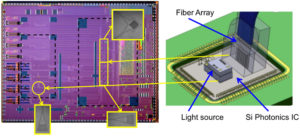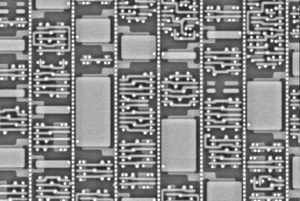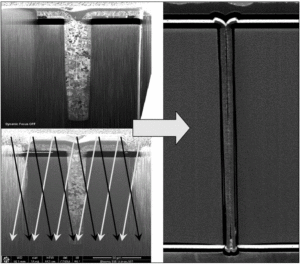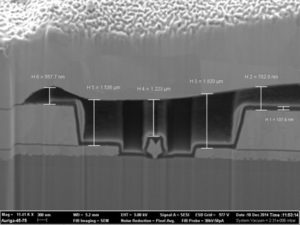Crack MCU PIC18F45K22 Heximal
Crack MCU PIC18F45K22 Heximal means the status of Microcontroller will be reset from locked to unlock one and the firmware will be readout directly from the memory;
When the HFINTOSC is selected as the primary clock, the main system clock can be delayed until the HFINTOSC is stable. This is user selectable by the HFOFST bit of the CONFIG3H Configuration register. When the HFOFST bit is cleared, the main system clock is delayed until the HFINTOSC is stable.
When the HFOFST bit is set, the main system clock starts immediately. In either case, the HFIOFS bit of the OSCCON register can be read to determine whether the HFINTOSC is operating and stable. The system clock source can be switched between external and internal clock sources via software using the System Clock Select (SCS<1:0>) bits of the OSCCON register.
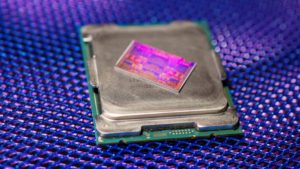
Crack MCU PIC18F45K22 Heximal
PIC18(L)F2X/4XK22 devices contain circuitry to prevent clock “glitches” when switching between clock sources. A short pause in the device clock occurs during the clock switch. The length of this pause is the sum of two cycles of the old clock source and three to four cycles of the new clock source.
The System Clock Select (SCS<1:0>) bits of the OSCCON register select the system clock source that is used for the CPU and peripherals.
· When SCS<1:0> = 00, the system clock source is determined by configuration of the FOSC<3:0> bits in the CONFIG1H Configuration register.
· When SCS<1:0> = 10, the system clock source is chosen by the internal oscillator frequency selected by the INTSRC bit of the OSCTUNE register, the MFIOSEL bit of the OSCCON2 register and the IRCF<2:0> bits of the OSCCON register.
· When SCS<1:0> = 01, the system clock source is the 32.768 kHz secondary oscillator shared with Timer1, Timer3 and Timer5.
The Oscillator Start-up Time-out Status (OSTS) bit of the OSCCON register indicates whether the system clock is running from the external clock source, as defined by the FOSC<3:0> bits in the CONFIG1H Configuration register, or from the internal clock source. In particular, when the primary oscillator is the source of the primary clock, OSTS indicates that the Oscillator Start-up Timer (OST) has timed out for LP, XT or HS modes.
When switching between one oscillator and another, the new oscillator may not be operating which saves power (see Figure 2-9). If this is the case, there is a delay after the SCS<1:0> bits of the OSCCON register are modified before the frequency change takes place.
The OSTS and IOFS bits of the OSCCON register will reflect the current active status of the external and HFINTOSC oscillators. The timing of a frequency selection is as follows:
SCS<1:0> bits of the OSCCON register are modified.
The old clock continues to operate until the new clock is ready.
Clock switch circuitry waits for two consecutive rising edges of the old clock after the new clock ready signal goes true.
The system clock is held low starting at the next falling edge of the old clock.
Clock switch circuitry waits for an additional two rising edges of the new clock.
On the next falling edge of the new clock the low hold on the system clock is released and new clock is switched in as the system clock.
Clock switch is complete.
If the HFINTOSC is the source of both the old and new frequency, there is no start-up delay before the new frequency is active. This is because the old and new frequencies are derived from the HFINTOSC via the postscaler and multiplexer.
Two-Speed Start-up mode provides additional power savings by minimizing the latency between external oscillator start-up and code execution. In applications that make heavy use of the Sleep mode, Two-Speed Start-up will remove the external oscillator start-up time from the time spent awake and can reduce the overall power consumption of the device.
This mode allows the application to wake-up from Sleep, perform a few instructions using the HFINTOSC as the clock source and go back to Sleep without waiting for the primary oscillator to become stable. Two-Speed Start-up mode is enabled when all of the following settings are configured as noted:
· Two-Speed Start-up mode is enabled when the IESO of the CONFIG1H Configuration register is set.
· SCS<1:0> (of the OSCCON register) = 00.
· FOSC<2:0> bits of the CONFIG1H Configuration register are configured for LP, XT or HS mode.
Two-Speed Start-up mode becomes active after:
· Power-on Reset (POR) and, if enabled, after
Power-up Timer (PWRT) has expired, or
· Wake-up from Sleep.
Tags: crack mcu heximal archive,crack mcu heximal code,crack mcu heximal content,crack mcu heximal data,crack mcu heximal eeprom,crack mcu heximal file,crack mcu heximal firmware,crack mcu heximal information,crack mcu heximal memory,crack mcu heximal program


